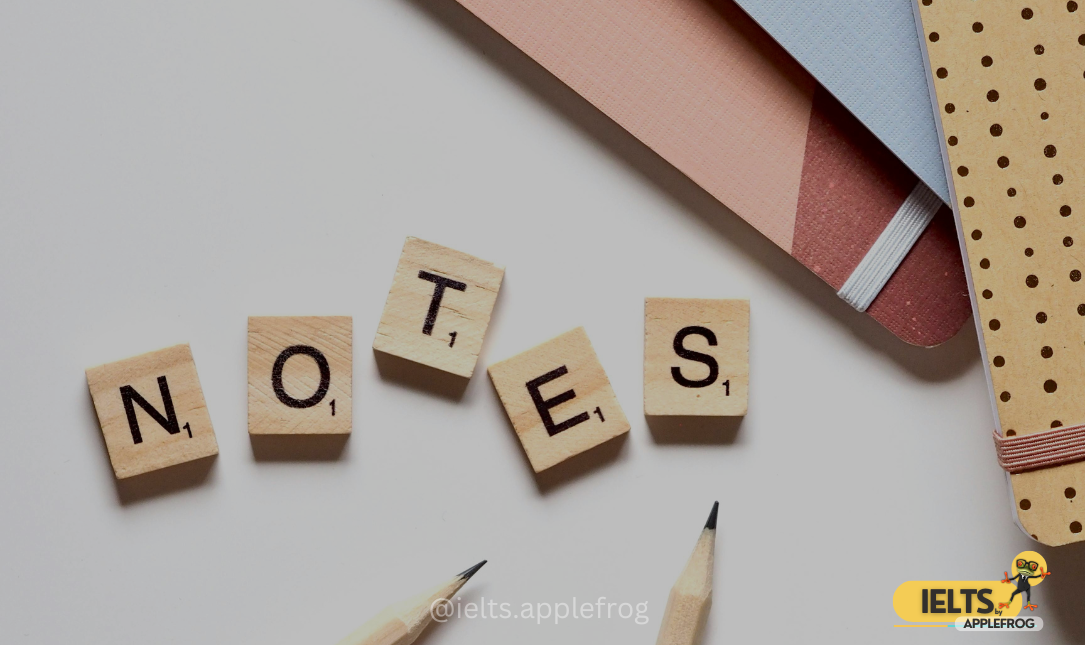
Reflexive pronouns are a special category of pronouns used when the subject of a sentence performs an action on itself. They are created by adding the suffix “-self” (for singular forms) or “-selves” (for plural forms) to certain personal pronouns. These pronouns emphasize that the subject and the object are the same.
Master reflexive pronouns to express yourself with confidence and precision!
Reflexive Pronouns in English
- Singular: myself, yourself, himself, herself, itself
- Plural: ourselves, yourselves, themselves
Examples of Reflexive Pronouns in Action
Singular Forms
- I challenged myself to run a marathon.
- You should trust yourself more.
- He pushed himself to achieve his goals.
- She treated herself to a spa day.
- The dog entertained itself with a toy.
Plural Forms
- We fixed the car ourselves.
- Did you all prepare the meal yourselves?
- They decorated the room themselves for the party.
When to Use Reflexive Pronouns
- The subject and object are the same:
Example: She congratulated herself on her achievement. - To add emphasis or clarity:
Example: I built this bookshelf myself. - In expressions that involve self-directed actions:
Example: Take some time to care for yourself.
Points to Remember
- Reflexive pronouns are used only when the action is directed back to the subject.
- Correct: He cut himself while cooking.
- Incorrect: He cut hisself while cooking.
- They are not used when the subject and object are different.
- Correct: He helped her with her project.
- Incorrect: He helped herself with her project.
Using reflexive pronouns correctly enhances clarity and ensures that your sentences are precise and impactful. They are especially useful for expressing actions related to self-care, self-improvement, or personal accountability.
RELATED POST












 Here can be your custom HTML or Shortcode
Here can be your custom HTML or Shortcode
0 Comments